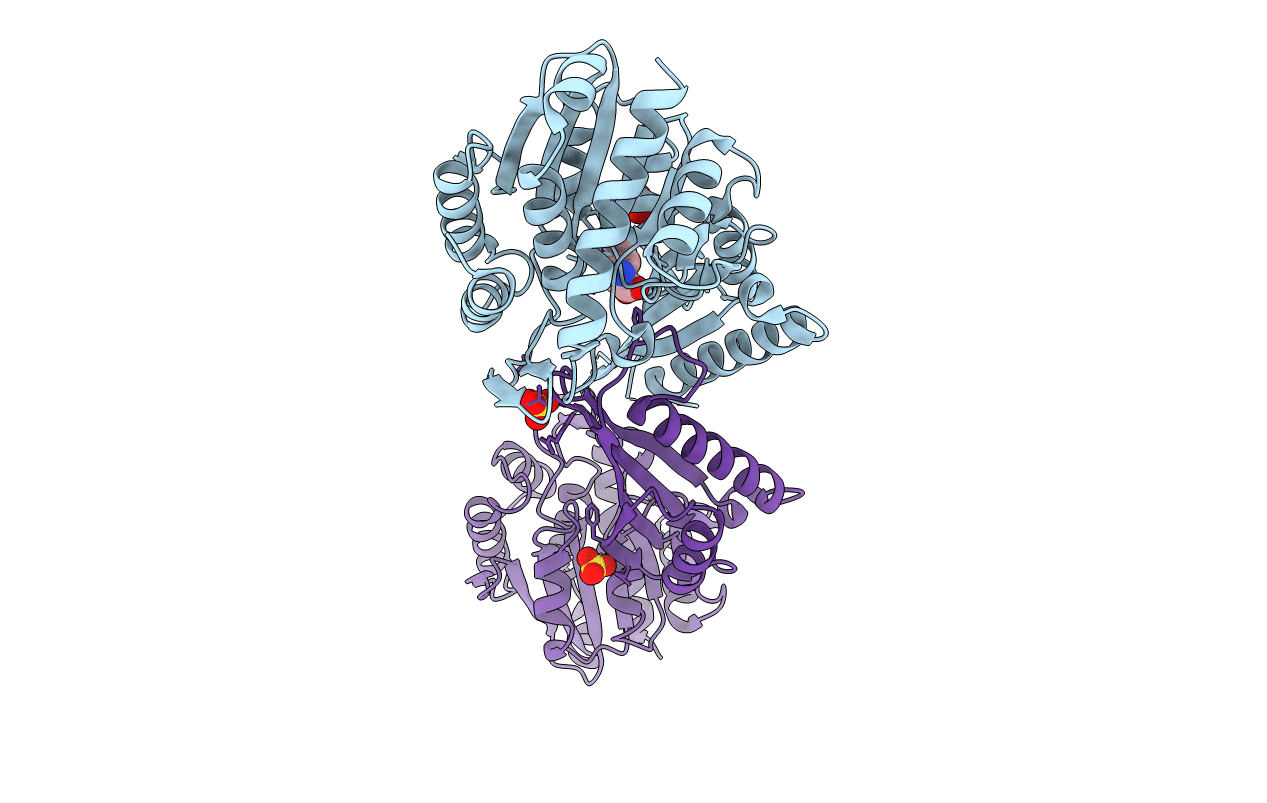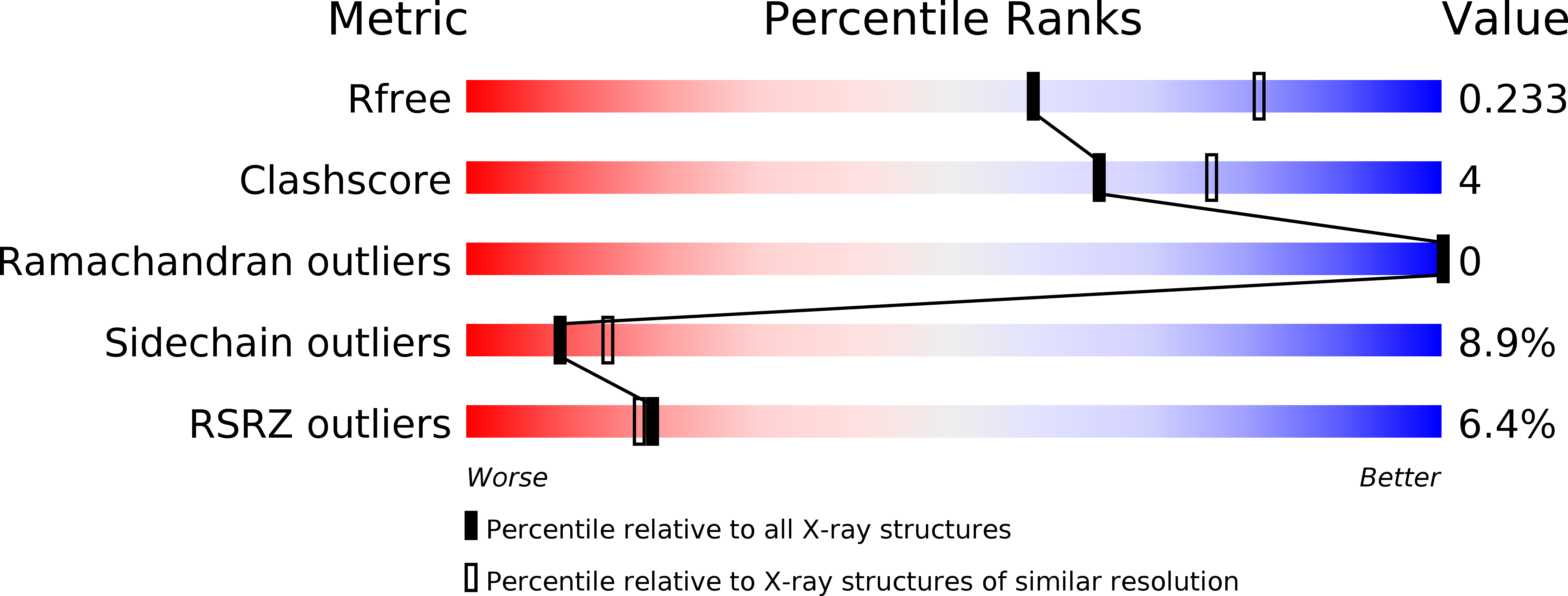
Deposition Date
2017-05-31
Release Date
2017-09-13
Last Version Date
2023-11-22
Entry Detail
PDB ID:
5XOY
Keywords:
Title:
Crystal structure of LysK from Thermus thermophilus in complex with Lysine
Biological Source:
Source Organism:
Host Organism:
Method Details:
Experimental Method:
Resolution:
2.39 Å
R-Value Free:
0.22
R-Value Work:
0.18
R-Value Observed:
0.19
Space Group:
P 21 21 2


